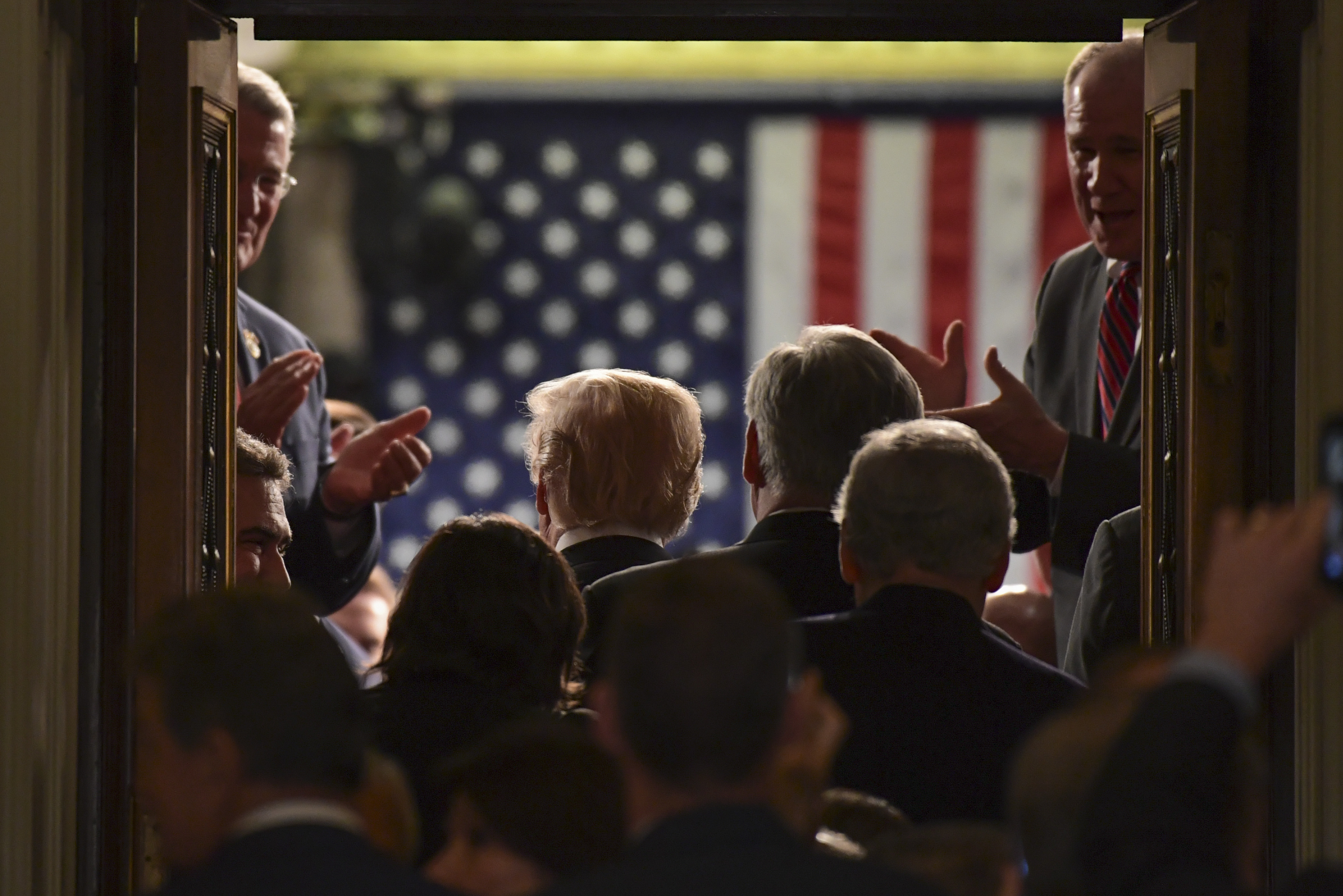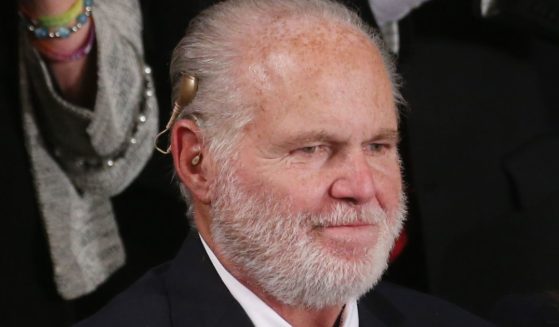
State of the Union address routine makes security concerns
WASHINGTON (AP) — It’s one of the most sensitive security challenges in America: The State of the Union address puts the president, his Cabinet, members of Congress, military leaders, top diplomats and Supreme Court justices all in the same place at the same time for all the world to see.
Protecting everyone requires months of planning and coordination involving multiple law enforcement agencies, led by the U.S. Secret Service. Thousands of officers work across agencies in ways seen and unseen.
Security for the speech was in the spotlight during the partial government shutdown, when House Speaker Nancy Pelosi cited safety concerns as her reason for delaying President Donald Trump’s speech. But law enforcement officials said the shutdown would not have compromised security if the speech had gone forward as originally scheduled.
Now the speech is set for Tuesday. The Secret Service is, well, secretive about its plans, though it provides some details:
Long before the speech, a steering committee is formed to explore the best way to secure the event. The Secret Service works with U.S. military, parks and local police, Capitol police, emergency management experts and the FBI. There are 19 subcommittees on areas like crowd management, intelligence and counterterrorism, traffic and crisis. Each subcommittee contains experts across law enforcement.
Teams run drills. Officials perform tabletop exercises, running through potential disasters and pore over the report from the previous year to see how they can improve. Analysts comb social media for signs of threatening behavior and monitor world events to help inform how security should be tailored for the event.
The tradition and familiarity of the event is also the biggest security challenge; it’s basically the same every year, officials said. And there are only so many ways officials can vary traffic routes or arrivals and departures.
“You have to be creative,” said Wes Schwark, assistant to the special agent in charge of the Dignitary Protective Division. “You try not to stick our head out in the same place twice.”
On the day of the event, an operations center is set up at an undisclosed location where law enforcement officials scan social media, monitor traffic and protests, drones and other aircraft and communicate potential threats with agents in the field.
“We don’t want the problem to be in the chamber, we want the problem to be as far away from the chamber as possible,” said Ken Valentine, special agent in charge of the Dignitary Protective Division, which is tasked with coordinating the event. “We’re trying to push that out so if there is an issue, we’re dealing with it as far away as possible.”
The streets around the building are frozen and secured. The Capitol Plaza is locked down and those inside are limited from moving around the building. The president and his entourage typically gather in a room off the House floor to await their entrances to the House chamber.
Metro stations are checked, counter-sniper teams with long-arm rifles perch on rooftops, bomb-sniffing dogs, uniformed officers and plainclothes agents patrol. Traffic is locked down. The House Chamber is swept randomly and consistently for explosives.
“All of those are more traditional means of countering an attack, but they serve as a deterrent,” Valentine said.
The biggest shift in recent history has been the prevalence of technology, both as a possible security concern and a tool.
“It gives us a heads-up, or a warning when we are going to start engaging in something that maybe before would have been right up on us,” Schwark said on technology. “It allows us to start taking some type of action sooner.”
Despite the heavy security, there is a traditional precaution in case of a disaster: At least one Cabinet member in the line of presidential succession, and at least one Supreme Court justice, stay away from the speech.
“Given their public profile, National Special Security Events are potentially attractive targets for malicious actors who may seek to hurt attendees or incite fear into our way of life,” said Homeland Security Secretary Kirstjen Nielsen. “DHS, our component agencies and federal partners work tirelessly to secure the State of the Union.”
In the end, Secret Service agents are trained to protect the president and do it every day, so shifting from working the South Lawn to the State of the Union isn’t much of a difference for them, officials said.
“It’s just another day at work,” Valentine said.
___
Associated Press writer Laurie Kellman contributed to this report.
The Western Journal has not reviewed this Associated Press story prior to publication. Therefore, it may contain editorial bias or may in some other way not meet our normal editorial standards. It is provided to our readers as a service from The Western Journal.
Truth and Accuracy
We are committed to truth and accuracy in all of our journalism. Read our editorial standards.
Advertise with The Western Journal and reach millions of highly engaged readers, while supporting our work. Advertise Today.












